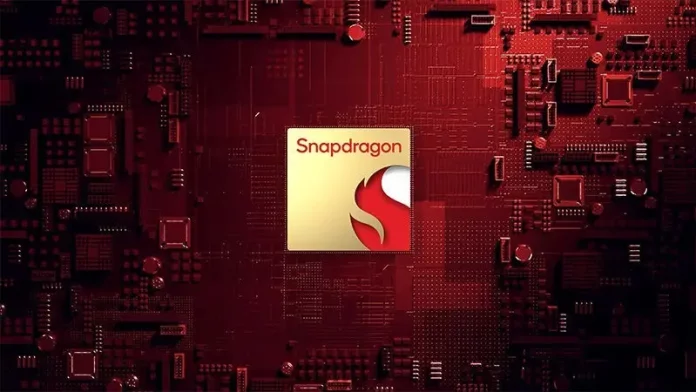Qualcomm’s upcoming Snapdragon 8 Gen 4 chipset is generating a lot of excitement, particularly due to its GPU performance. According to early benchmarks and reports, the GPU in the Snapdragon 8 Gen 4 is said to deliver a 56% improvement over the previous Snapdragon 8 Gen 3, marking a significant leap in graphics power for smartphones and mobile devices.
The Adreno GPU integrated into the Snapdragon 8 Gen 4 is designed to handle the growing demand for mobile gaming, 3D applications, and augmented reality (AR). This boost in performance is expected to push mobile graphics capabilities closer to what users experience on consoles and high-end PCs, further blurring the line between mobile and traditional gaming platforms.
What Makes the Snapdragon 8 Gen 4 GPU So Powerful?
The 56% performance improvement can be attributed to several key advancements in chip architecture and manufacturing process. Qualcomm is reportedly using TSMC’s 3nm process for this chipset, which allows for more transistors to be packed into the same space, improving both performance and energy efficiency. The Adreno GPU itself has undergone major optimizations, with improved rendering techniques, better power management, and support for advanced technologies such as ray tracing and variable rate shading (VRS).
These technologies are crucial for delivering more realistic lighting, shadows, and textures in games and apps, making the Snapdragon 8 Gen 4 one of the most advanced mobile chipsets ever designed. Ray tracing, in particular, has been a feature reserved for high-end PC and console gaming, but Qualcomm’s push to bring it to mobile devices is a game-changer for mobile gamers who demand console-like experiences on their phones.
Better Performance, Lower Power Consumption
Another important aspect of the Snapdragon 8 Gen 4 is its energy efficiency. Despite the massive performance gains, the new GPU consumes less power than its predecessor. This is largely due to Qualcomm’s focus on optimizing the chip’s performance-per-watt ratio. With the 3nm process and advanced power management features, the Snapdragon 8 Gen 4 delivers faster graphics without draining the battery too quickly, making it ideal for longer gaming sessions or extended use of AR applications.
Mobile Gaming to Reach New Heights
With the Snapdragon 8 Gen 4’s 56% GPU improvement, mobile gaming is expected to reach new heights in terms of graphics quality and smoothness. Popular games like Genshin Impact, PUBG Mobile, and Call of Duty Mobile will likely see dramatic performance improvements, with higher frame rates, better visuals, and smoother gameplay. This performance boost could also push developers to create more visually demanding games for mobile platforms, taking advantage of the enhanced capabilities of the Snapdragon 8 Gen 4.
Additionally, the improved GPU performance will benefit applications outside of gaming. AR experiences, which require real-time rendering of 3D objects in the real world, will become more immersive and responsive. Content creators, particularly those working with video editing and graphic design, will also appreciate the power of the Snapdragon 8 Gen 4 GPU for handling more complex tasks on the go.
Competition and Future Outlook
The Snapdragon 8 Gen 4 is set to compete directly with other top-tier mobile chipsets, such as Apple’s A18 Bionic and MediaTek’s Dimensity series. With its improved GPU performance and energy efficiency, the Snapdragon 8 Gen 4 is poised to take a leading position in the high-performance mobile market.
Qualcomm’s focus on pushing the boundaries of mobile GPU technology ensures that future devices powered by the Snapdragon 8 Gen 4 will deliver a premium experience, catering to both gamers and professionals who need powerful graphics capabilities in their mobile devices.

